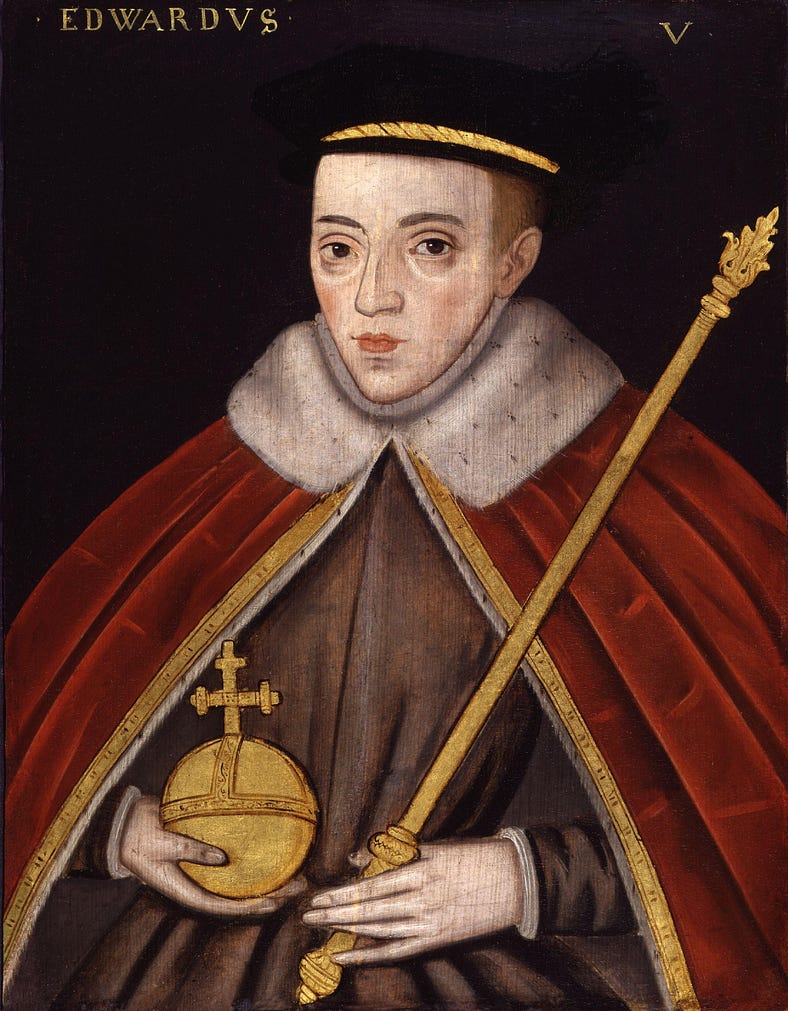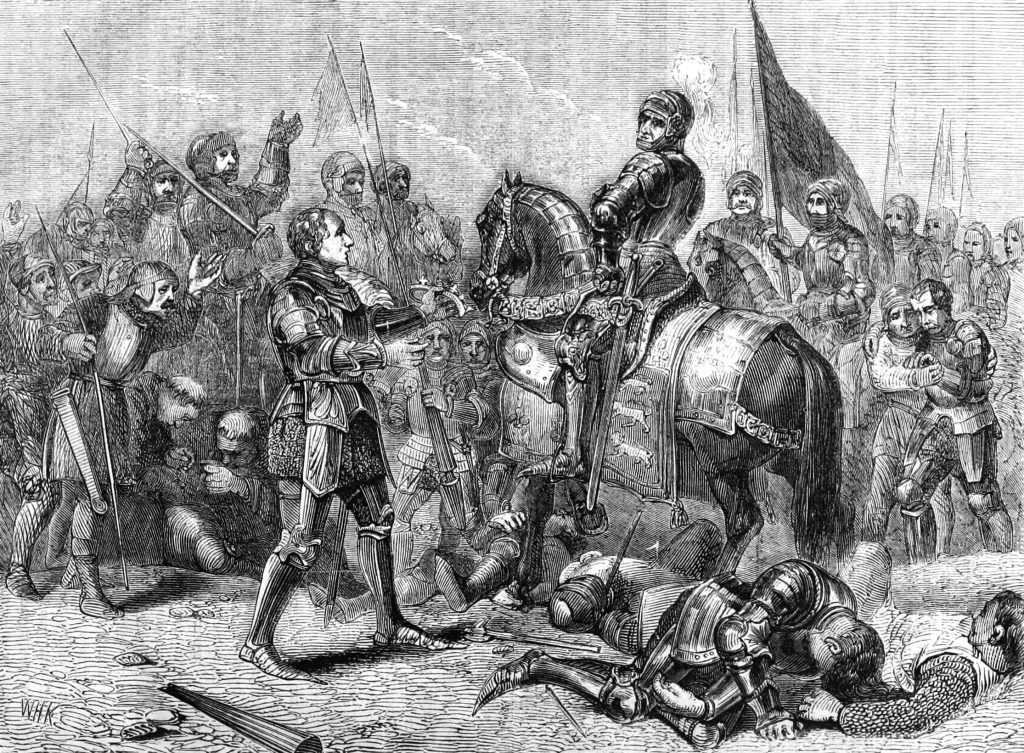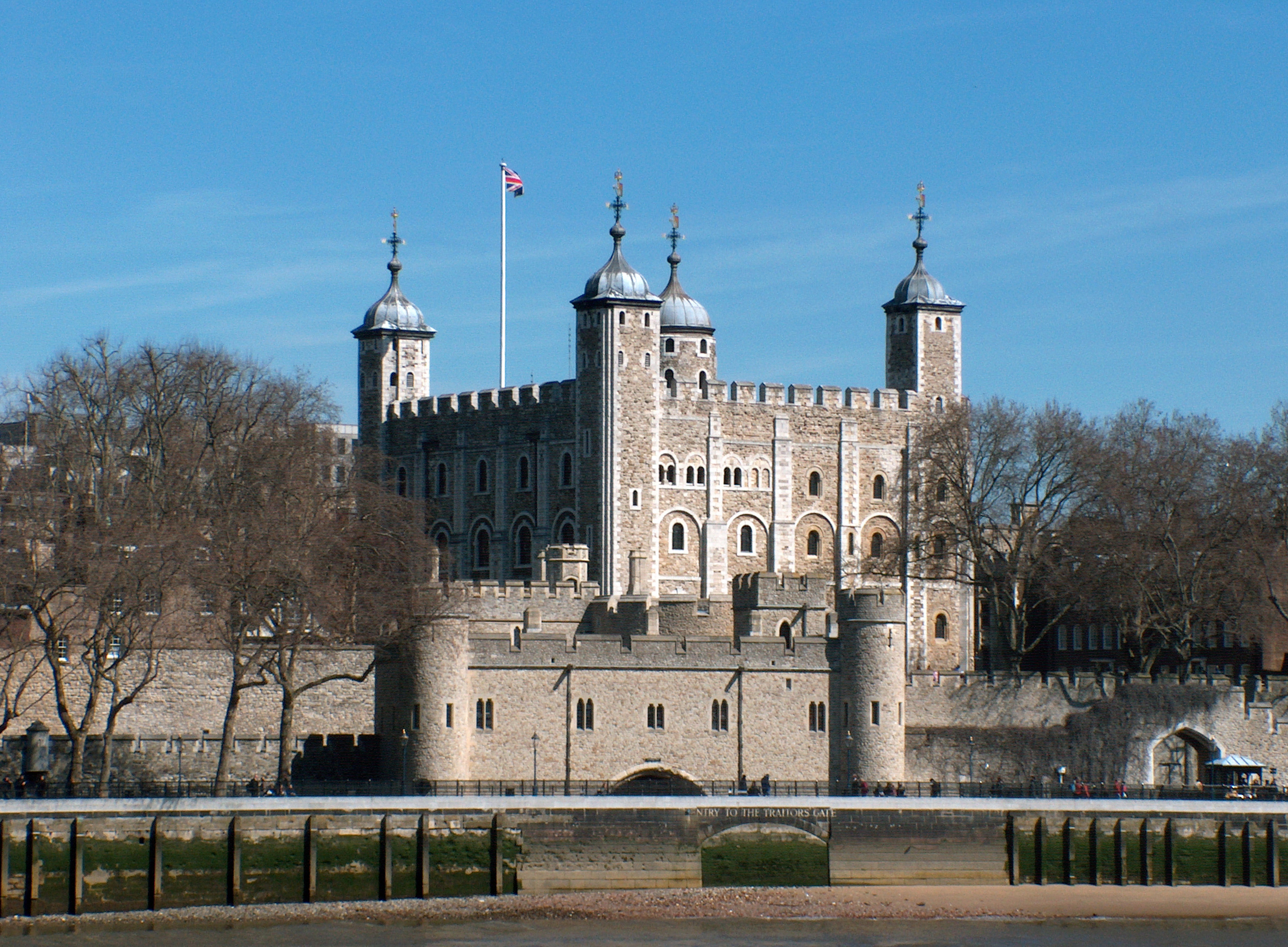 he Tower of London had witnessed many frightening events. It is said that two princes were killed here at the same time. Less than a month after his accession to the throne of England, King Edward V, and his younger brother ended up in this terrible prison because of the intrigues of the court. After the imprisonment, the boys were never seen again. They were allegedly secretly murdered.
he Tower of London had witnessed many frightening events. It is said that two princes were killed here at the same time. Less than a month after his accession to the throne of England, King Edward V, and his younger brother ended up in this terrible prison because of the intrigues of the court. After the imprisonment, the boys were never seen again. They were allegedly secretly murdered.
Originally built as a Defense Castle

The Tower of London, a very old historic building in England, has fame that probably only the Bastille still has. Located on the north bank of the River Thames, it served as a royal residence for many English monarchs. Today, the Tower of London is one of the most famous historical monuments in Great Britain and, at the same time, a prestigious museum. This special 11th-century fortress was founded by the Duke of Normandy, who later became King of England, known as William the Conqueror. He was one of the first to understand the role and necessity of building defense castles, the largest of which is the Tower of London. Over the centuries, the fortress had undergone some changes. According to historical data, the next king of England ordered the tower to be whitewashed and was named “White Tower of London” or “White Tower”.

Later, Richard, the Lionheart, erected another row of walls, around which a deep ditch was dug. The Tower of London was considered one of the most inaccessible cities in Europe. The first detainee was imprisoned here in 1190. It is worth mentioning that only people from high-ranking titles and positions came to this prison. Between its walls stood the kings of Scotland and France, also persons of high society, who were accused, rightly or wrongly, of treason. Thus, Carol, Duke of Orleans, the grandson of the French king, was imprisoned in the Tower of London for 25 years. A huge sum of money was paid for his release. The famous navigator and poet Walter Raleigh was imprisoned here, who, during his years in prison, wrote the work “History of the World”. He was released for a while and was allowed to go on an expedition for Spanish gold, and was then imprisoned and sentenced to death for piracy.
Tragic history
The dungeons of the Tower of London have known many other stories and tragic destinies. Less than a month after their accession to the throne of England, the young King Edward V also arrived in this sinister prison, soon after being followed by his younger brother, Richard York. They were never released, and the mystery of their disappearance remained unsolved; rumors circulated that they had been secretly assassinated on the orders of a time potentate.

On April 9, 1483, the King of England, Edward IV, died. His successor, Edward V, was only twelve years old when he was appointed king. We do not know who was appointed regent. However, the noble politicians, very influential, invited to London Richard Gloucester, the king’s younger brother, who had expressed his desire to be elected regent. Fearing the greed of the king’s relatives, who were able to attack their domains, the widowed queen, Elizabeth, and her people wanted to keep the regency in their hands. After an unsuccessful attempt to organize armed resistance, the queen settled in Westminster Abbey, and the Duke of Gloucester became regent.
After a while, the young prince was to be crowned, but suddenly the accusation that he was not the legitimate son of the deceased king was made. In his place, the regent was crowned, who became King Richard III. For a time, Edward V and his brother were seen playing in the courtyard of the Tower of London. Now the unfortunate uncrowned king was called “Edward the bastard.” According to the written testimonies of those times, the boys were imprisoned in the most mysterious rooms of the castle.

They began to be let out in the courtyard of the castle less and less, then disappeared forever. It was rumored that the princes were no longer alive. But who did this? Shortly before the disappearance of the princes, a French diplomat had warned of the danger. He was sure that the sons of Edward IV could be assassinated by their uncle, so the crown would return to the assassin. Meanwhile, the widowed queen entered into an alliance with Richard’s enemies, proposing a wife to his eldest daughter to the pretender to the throne of the Lancaster dynasty — Henry Tudor.
In August 1485, Richard III met Henry Tudor in the Battle of the Bosworth Plain. At a critical moment in the battle, one of the king’s followers betrayed him, and Richard was killed. The assassination of the king coincided with the end of the War of the Two Roses. There followed a period in which the families of both Roses intertwined their interests through various marriages. Thus, Henry VII became the founder of the Tudor dynasty. Richard’s body was taken to the streets of Blester, and his bones were dumped in the Soir River. Henry was the one who spread the version that the two brothers were murdered by their uncle Richard. All of London soon learned about this history. Historians say Richard had remorse for his deed all his life.
The Tower’s mysterious killers
After a while, the city’s steward, James Tyrrell, was declared an assassin. He was brought before the court and later sentenced to death. Before his death, due to torture, he confessed that he and his acolytes killed the children, burying their bodies in the Tower of London, under the stairs, and throwing a pile of stones on top. The king himself ordered him to do so. But it is not known which of the kings, Richard III? Later, this version will be presented by the great Shakespeare. But if this version is wrong and the killer was Henry, who had no interest in leaving the princes alive?
In 1674, in the Tower of London, under the foundation of the stairs, a wooden crate with two children’s skeletons was discovered. Their bones were reburied in Westminster Abbey. The expertise carried out in 1933 showed that the bones belonged to two boys — one aged 12 and the other aged 15, who were close relatives. The cause of their death has not yet been determined, but scientists have noticed an injury to the larger jaw of the skull. According to legend, the court doctor was the last to see the boys.

At that time, Edward V was in great pain. He felt in advance that his death was inevitable. His last sentence was, “How good it would be if my uncle left me alive, even if I wasn’t king.” Although he feared Richard III, the analysis of the bones is an indication that the perpetrator of this crime is rather Henry VII. If it had been committed by Richard, the murdered brothers should have been between the ages of 10 and 12. Their older age shows that the assassination was committed later, after the Tudors came to the throne. The reign of Richard III was one of the shortest in the history of England.

Contemporary researchers appreciate this king in their own way. In our times, societies have also emerged that have spoken out in defense of Richard III. And yet, the rumors of those times accuse him of the murder of the two sons of the king, so his glory is sad. The great Shakespeare wrote the historical drama “Richard III”, in which the main character is presented as a bastard. Shakespeare described him as a ruthless being who, without hesitation, hires a murderer to kill the two princes, his enemies.
The playwright described Richard as an unpleasant man and physical in appearance, recalling that he had one shoulder higher than the other. Yes, Richard III is one of the most controversial figures in the history of England. Historians say he was a talented army commander and spent hours training in the art of wielding a sword.
As a result, the muscles in his right hand were much more developed. On his way to the throne, he left traces of blood because of his uncompromising nature. Richard was distinguished by special manhood and real qualities as a strategist. He was the last king of England to fall in battle. Even though Richard was not one of the greatest kings of England, his courage knew no bounds.
Avid Writer with invaluable knowledge of Humanity!
Upcoming historian with over 30 million views online.
“You make your own life.”





